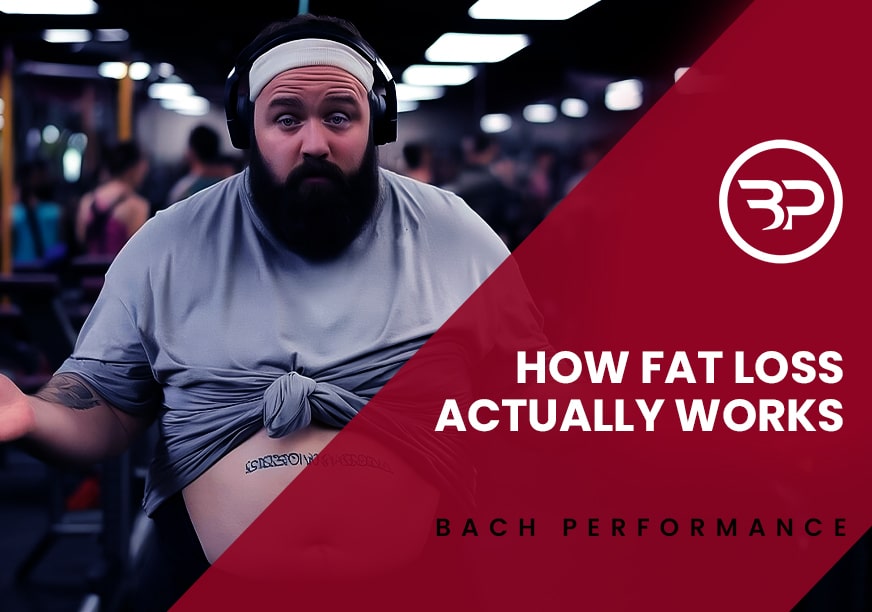Weight Room Battle of The Sexes
March 20, 2017
Guest Post by Lee Bell
Take a look around the weight room of many gyms these days and you’ll see something you might not have seen even a few years ago: lots of women mixing it up with the men. Sometimes the numbers of men and women are about equal.
Times have changed. For the better. But some myths persist. But as a male trainer who encourages women to lift, I still sometimes get the dreaded “but won’t it make be bulky?” question.
There’s a new ethos about strength training:
It’s for everyone.
If you want a leaner, more athletic physique, then picking up heavy things is the way to do it.
So does that mean that women are no longer the fairer sex? Should the guys be trembling in their gym shorts and cowering behind the recumbent bikes?
Just how do men and women match up against each other on the gym floor?
Absolute and Relative Strength
Strength can mean different things in different contexts.
Absolute strength refers to the maximal amount of force you can exert regardless of body size. It is essentially who can lift the highest max.
Relative strength, however, refers to how much force can be generated relative to body mass – what’s often referred to as the “strength-weight ratio”.
There’s an overwhelming amount of evidence to suggest that men have greater absolute strength. There are a few different statistics suggesting exactly what the difference is, but they largely state that females have only around 75% of the lower body strength of men – and an even lower 50% for upper body strength.
This means that when body weight isn’t factored in, men have a clear advantage. Men have much broader frames than women. They have longer arms. And they are typically taller and weigh more.
That’s why you’ll often see the guys lifting bigger weights on the gym floor.
But what happens when you factor body weight in?
Things get interesting, that’s what. Because in terms of relative strength that disparity pretty much disappears. Men then become only slightly stronger in the upper body and in the lower body, any differences completely disappear. Both men and women are pretty much even.
While men have 60% of their muscle mass in their upper body, females have only around 50%. That’s a big difference when you don’t take overall mass into account.
Eccentric to Concentric Ratios
A concentric action occurs when a muscle shortens under tension. Examples of this include curling the bar upwards towards the shoulders (which shortens the biceps) or extending the legs towards lock-out during a leg extension (which shortens the quadriceps).
An eccentric action is the opposite. The muscle lengthens under tension. It is still contracted but is resisting against a load, rather than actively trying to lift it.
So where do men and women fit into this?
It’s commonly accepted that both males and females are stronger eccentrically than concentrically. (The reason why is quite complex but is to do with the passive elastic properties of a protein filament called titin).
Men are capable of maximal eccentric strength up to 60% greater than concentric maximal strength. But for women that figure can rise to 100% or more.
Additionally, the eccentric to concentric ratio in females is higher in upper body testing than it was in lower body testing.
High-velocity Lifting
Lifting at high speed produces powerful athleticism. As with absolute strength, men have the upper hand once again. Take body mass out of the equation and many are still much more powerful, even when body weight is factored in.
But at lighter, matched percentages of maximum, females show higher velocities than men. They are quicker with the bar. So at lighter weights females show greater lifting speed. But as weight get heavier, men soon gain the advantage.
Muscular Endurance
Muscle quality and performance isn’t all about strength and power. A lot of it can be using weights to challenge the structural system, lose fat, or condition the body.
Success depends on being able performing submaximal work over a prolonged period of time, what we refer to as muscular endurance. Males have a greater proportion of type ll muscle fibers. These fibers are large in diameter and can produce a lot of force. They do tire quickly, though. When you lift heavy they switch on and dominate the workload.
Women have a larger proportion of type l muscle fibers which are smaller in size and, resistant to fatigue but not well suited to heavy weightlifting. This means that from a purely physiological perspective,women are more suited to submaximal lifting.
In fact, because of these muscle architecture differences, women use less glycogen (stored carbohydrate) as a fuel source and more fat than a male at the same relative intensity. This is particularly evident during days 15-28 of the menstrual cycle when hormones further shift in favor of fat use post ovulation.
A specialized component of fat cells called glycerol helps this process by ‘freeing up’ fatty acids so that they can be used as fuel. In a way females are geared up to be submaximal, fat burning machines.
Women don’t build up as many fatigue-inducing metabolites as men. This means that they are much more resistant to fatigue and can consequently tolerate more workload than men at a submaximal level – even with lower rest times between sets.
The downside is that what women gain in submaximal conditioning they lose at higher intensities.
The Takeaway
The days of women feeling out of place in the weight room are drawing to a close. They can probably teach the guys a thing. And in many CrossFit and other gyms, they do. Women may not be as strong on an absolute scale, but pound for pounds both sexes are pretty much even. What really puts the females out in front is a resistance to fatigue. With more type l muscle fibers, lower glycogen and higher fat use, women don’t fatigue as males do. They can work harder for longer. And recover much better, too.
No wonder women are absolute machines in the weight room. Old stereotypes are dying, but not fast enough. Let’s all do our part to kill them, once and for all.
 About the Author
About the Author
Lee Bell is a Consultant Lecturer, Presenter and Content Writer in Fitness, Performance and Health in the UK. He specializes in female training, muscle physiology and muscle building performance. You can find other articles about women’s training, as well as on muscle building and fat loss by Lee at his website and Facebook page.
References
Miller, AE et al. Gender differences in strength and muscle fiber characteristics. Eur J Appl Physiol Occup Physiol. 1993; 66(3): 254-62
Mata, JD et al. Sex differences in strength and power support the use of a mixed-model approach to resistance training programing. NSCA. 2016; 38(2)
Hollander, DB et al. Maximal eccentric and concentric strength discrepancies between young men and women for dynamic resistance exercise. J Str Cond Res. 2007; 21(1): 34-40
Tarnopolosky, MA. Sex differences in exercise metabolism and the role of 17-beta estradiol. Medicine and Science in Sports and Exercise. 2008; 40(4): 648-654
Stupka, N et al. Gender differences in muscle inflammation after eccentric exercise. J Appl Physiol. 2000; 89(6): 2325-32









